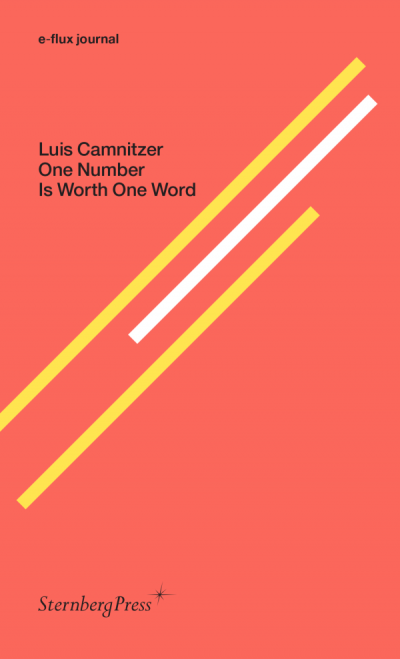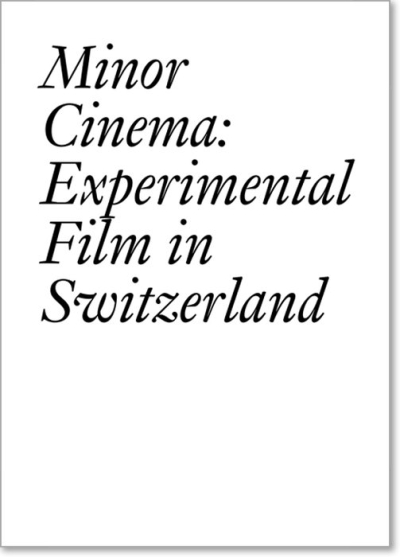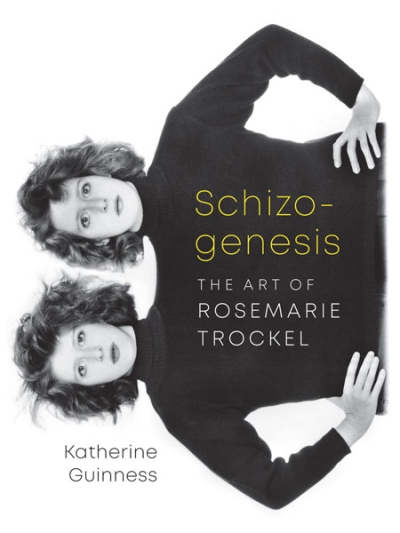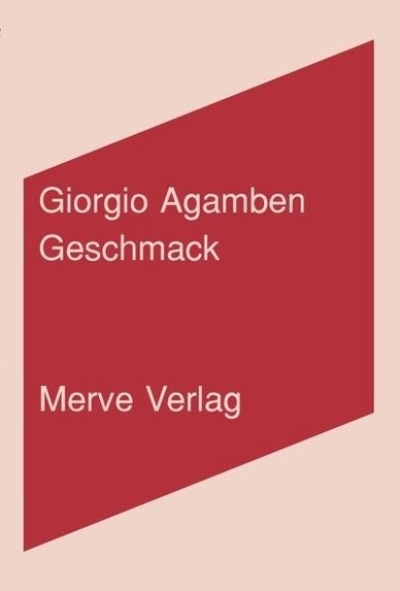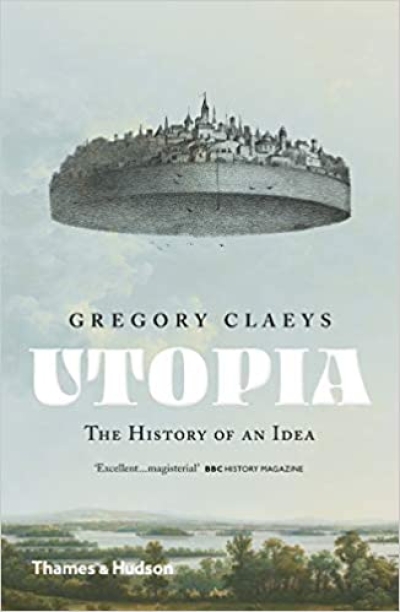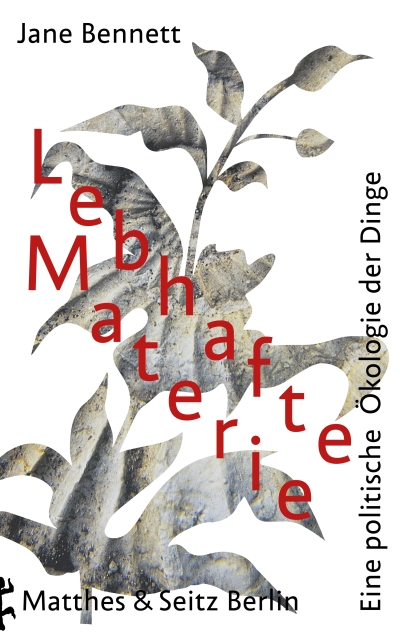
30 Years of Being Cut Up
Full color catalogue from the acclaimed, "30 Years of Being Cut Up", the 30-year retrospective of collages by Genesis BREYER P-ORRIDGE at Invisible-Exports, September 2009 with a full color pull-out poster and two full color postcard inserts. Genesis BREYER P-ORRIDGE is a true legend of the Anglo-American underground, an avant-garde anti-hero whose remarkable body of work reminds us that what is dangerous and what is important are never far apart-and that, when you believe something, artistic integrity demands that you live by it too. "30 Years of Being Cut Up" draws on collage work from throughout P-Orridge's remarkable career, demonstrating both the breadth and scope of h/er engagement with a medium that has remained constant throughout h/er life. In the early 1970s, P-Orridge met William S. Burroughs, who introduced h/er to Brion Gysin, marking the beginning of a seminal and influential collaborative relationship. Burroughs, under Gysin's tutelage, repopularized the "cut-up" technique of the early 20th century Surrealists, in which text, or narrative imagery, is cut up and re-organized, creating a new, non-linear formulation. The supremely Dadaist practice would influence P-Orridge throughout h/er career and remains an integral element of h/er work, highlighted in "30 Years of Being Cut Up." "30 Years of Being Cut Up" is a three decade retrospective of photomontage and Expanded Polaroids, which includes many works never exhibited before, as well as a sampling of P-Orridge's early Mail Art. The show will mark the culmination of a new, re-emergent phase in BREYER P-ORRIDGE's life. He/r career - and most particularly he/r recent pursuit of pandrogyny - tests the limits of transgression and traces the tragic fate of the underground, proving again the expressive power and pervasive influence of those artists who take the world not as it comes to them - sensible, orthodox, predictable - but as they would like it to be.



